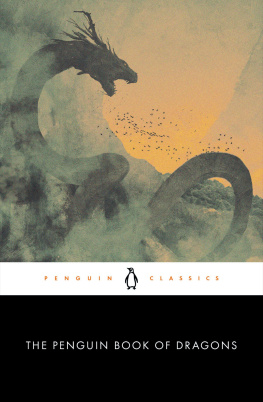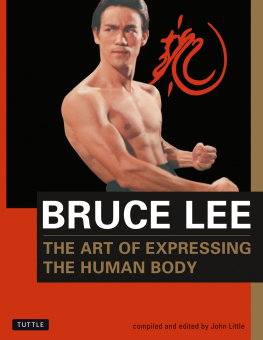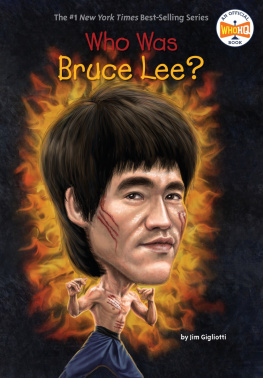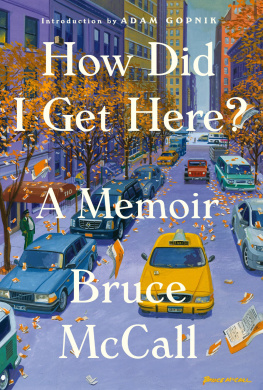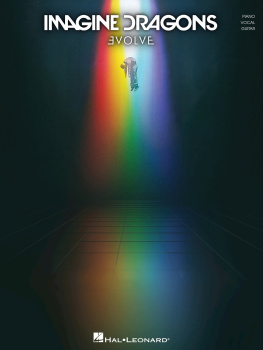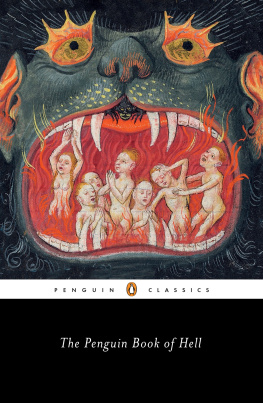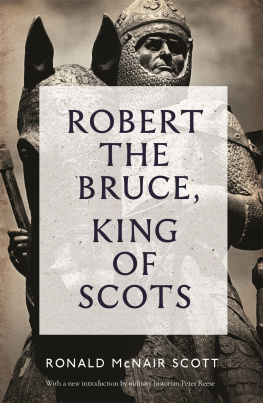Scott G. Bruce - The Penguin Book of Dragons
Here you can read online Scott G. Bruce - The Penguin Book of Dragons full text of the book (entire story) in english for free. Download pdf and epub, get meaning, cover and reviews about this ebook. year: 2021, publisher: Penguin Publishing Group, genre: Detective and thriller. Description of the work, (preface) as well as reviews are available. Best literature library LitArk.com created for fans of good reading and offers a wide selection of genres:
Romance novel
Science fiction
Adventure
Detective
Science
History
Home and family
Prose
Art
Politics
Computer
Non-fiction
Religion
Business
Children
Humor
Choose a favorite category and find really read worthwhile books. Enjoy immersion in the world of imagination, feel the emotions of the characters or learn something new for yourself, make an fascinating discovery.
- Book:The Penguin Book of Dragons
- Author:
- Publisher:Penguin Publishing Group
- Genre:
- Year:2021
- Rating:4 / 5
- Favourites:Add to favourites
- Your mark:
- 80
- 1
- 2
- 3
- 4
- 5
The Penguin Book of Dragons: summary, description and annotation
We offer to read an annotation, description, summary or preface (depends on what the author of the book "The Penguin Book of Dragons" wrote himself). If you haven't found the necessary information about the book — write in the comments, we will try to find it.
Scott G. Bruce: author's other books
Who wrote The Penguin Book of Dragons? Find out the surname, the name of the author of the book and a list of all author's works by series.
The Penguin Book of Dragons — read online for free the complete book (whole text) full work
Below is the text of the book, divided by pages. System saving the place of the last page read, allows you to conveniently read the book "The Penguin Book of Dragons" online for free, without having to search again every time where you left off. Put a bookmark, and you can go to the page where you finished reading at any time.
Font size:
Interval:
Bookmark:
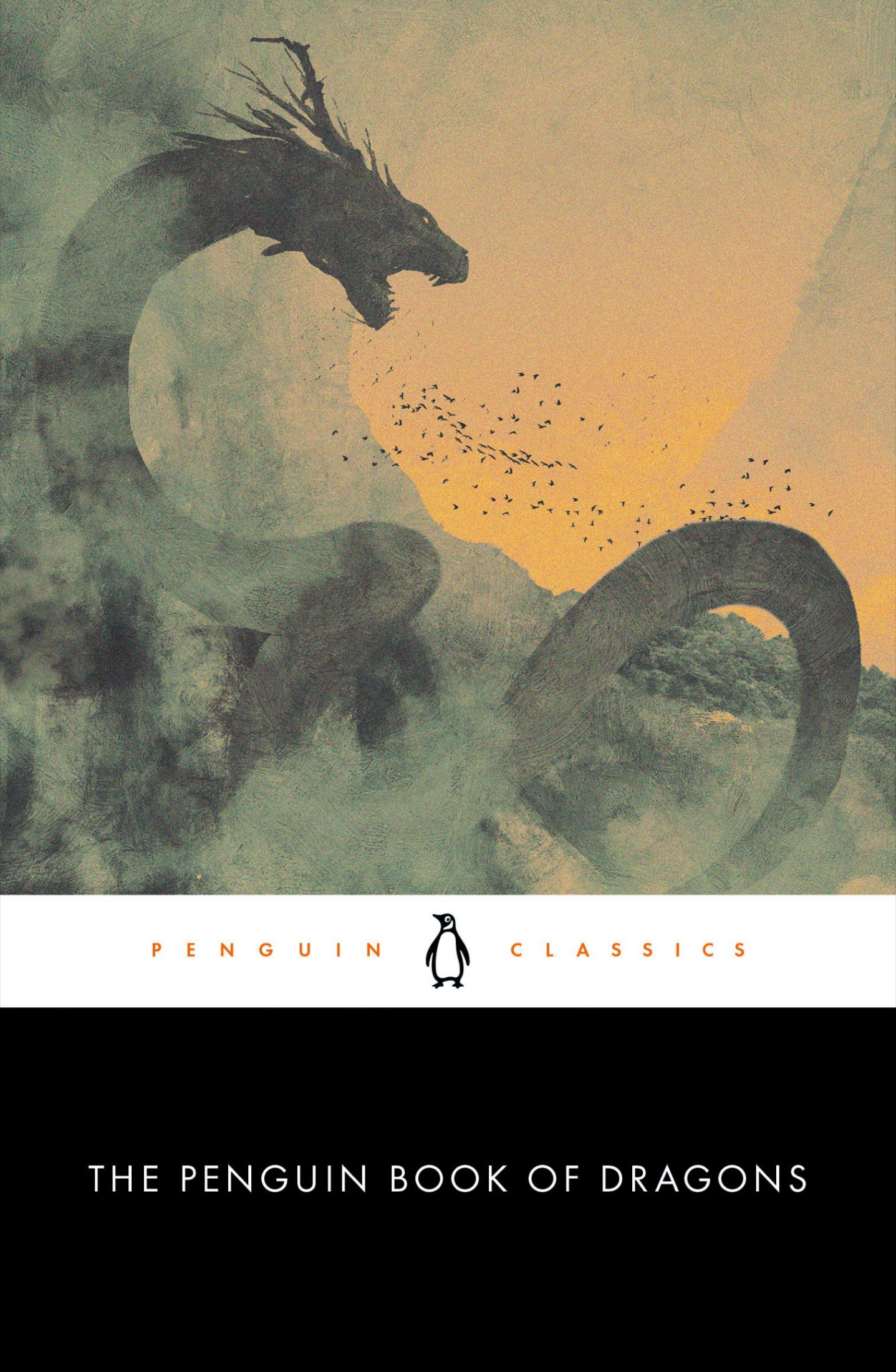
penguin 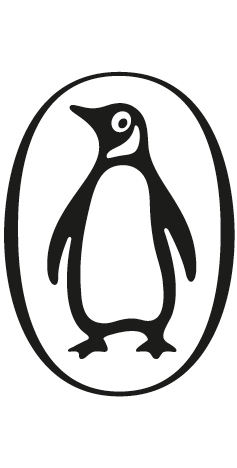 classics
classics
THE PENGUIN BOOK OF DRAGONS
scott g. bruce is a professor of history at Fordham University. He is the editor of The Penguin Book of the Undead and The Penguin Book of Hell, and the author of three books about the abbey of Cluny: Silence and Sign Language in Medieval Monasticism: The Cluniac Tradition, c. 9001200 (2007); Cluny and the Muslims of La Garde-Freinet: Hagiography and the Problem of Islam in Medieval Europe (2015); and, with Christopher A. Jones, The Relatio metrica de duobus ducibus: A Twelfth-Century Cluniac Poem on Prayer for the Dead (2016). He has lectured throughout the United States, Canada, and Europe and has held visiting research appointments at the Technische Universitt Dresden, in Germany; the Universiteit Gent, in Belgium; and Emmanuel College, University of Cambridge, in the United Kingdom. He worked his way through college as a grave digger.
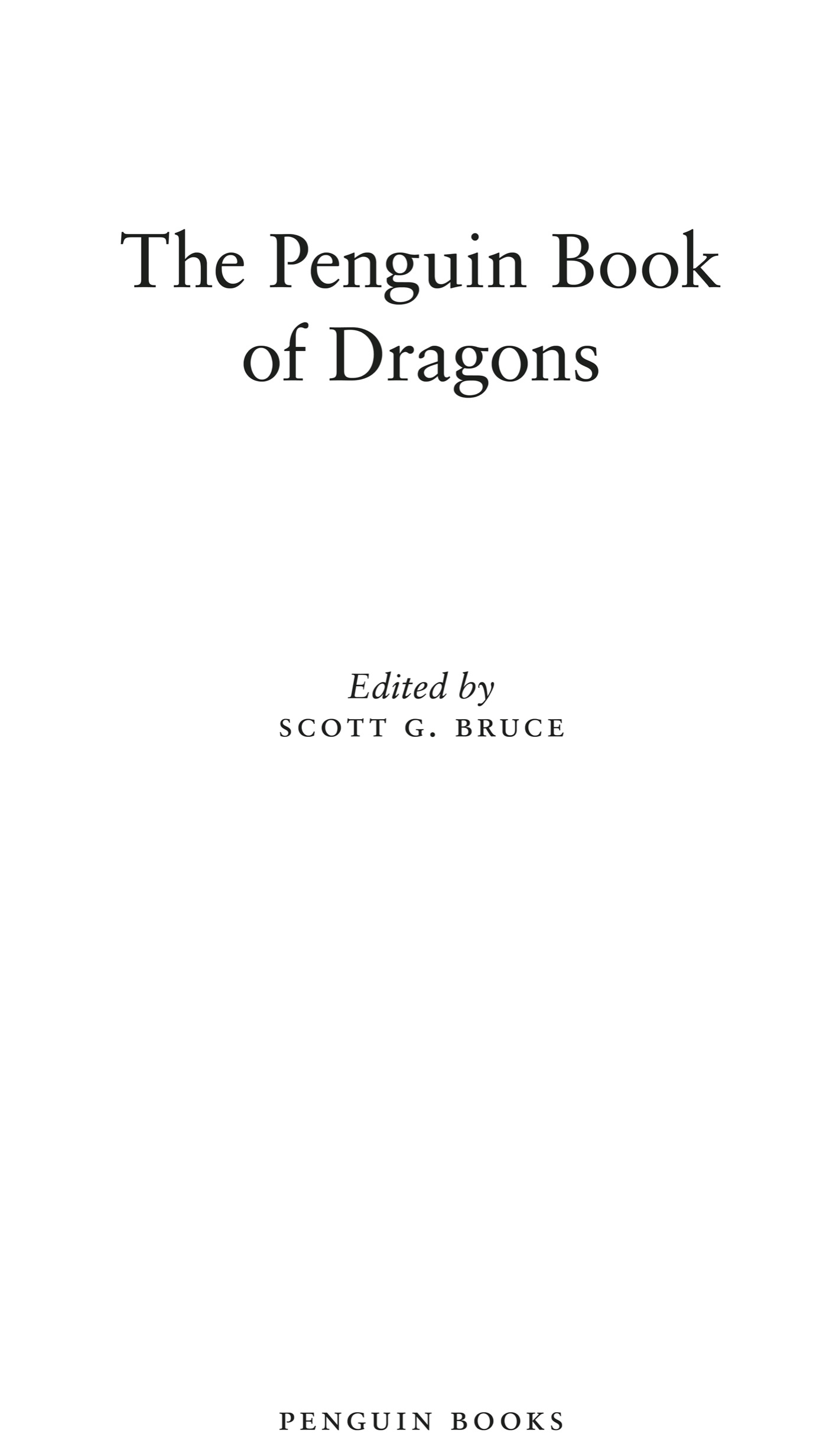
PENGUIN BOOKS
An imprint of Penguin Random House LLC
penguinrandomhouse.com
Introduction, notes, and selection copyright 2021 Scott G. Bruce
Penguin supports copyright. Copyright fuels creativity, encourages diverse voices, promotes free speech, and creates a vibrant culture. Thank you for buying an authorized edition of this book and for complying with copyright laws by not reproducing, scanning, or distributing any part of it in any form without permission. You are supporting writers and allowing Penguin to continue to publish books for every reader.
constitutes an extension of this copyright page.
library of congress cataloging-in-publication data
Names: Bruce, Scott G. (Scott Gordon), 1967 editor.
Title: The Penguin book of dragons / edited by Scott G. Bruce.
Description: [New York, New York] : Penguin Books, [2021] | Includes bibliographical references and index.
Identifiers: LCCN 2021012200 (print) | LCCN 2021012201 (ebook) | ISBN 9780143135043 (paperback) | ISBN 9780525506690 (ebook)
Subjects: LCSH: DragonsFolklore. | DragonsFiction. | Dragons in literature.
Classification: LCC GR830.D7 P454 2021 (print) | LCC GR830.D7 (ebook) |
DDC 398.24/54dc23
LC record available at https://lccn.loc.gov/2021012200
LC ebook record available at https://lccn.loc.gov/2021012201
Adapted for ebook by Estelle Malmed
Cover illustration: Anato Finnstark
pid_prh_5.8.0_c0_r0
For Gary Gygax (19382008),
emperor of the imagination
A dragon is no idle fancy. Whatever may be his origins, in fact or invention, the dragon in legend is a potent creation of mens imagination, richer in significance than his barrow is in gold.
J. R. R. Tolkien
People who deny the existence of dragons are often eaten by dragons. From within.
Ursula K. Le Guin
THE PENGUIN BOOK OF DRAGONS
We live in the golden age of dragons. The twentieth century witnessed the rapid ascent of these reptilian monsters in popular media and their momentum shows no sign of slowing down. In recent decades, readers have thrilled to the stories of heroes who sparred with weapons and words against dragons in the novels of J. R. R. Tolkien, Ursula K. Le Guin, George R. R. Martin, and J. K. Rowling. Through the magic of special effects, feature films like The 7th Voyage of Sinbad (1958) and Dragonslayer (1981) have allowed the viewer to experience wonder and awe at the might and majesty of these legendary creatures. Since the 1970s, tabletop role-playing games like Dungeons & Dragons (D&D) have introduced generations of aspiring adventurers to the perils and promises of doing battle with fire-breathing red dragons, poison-spewing black dragons, and lightning-shooting blue dragons. Building on the foundation of D&D, modern video games have gone one step further, allowing players to step into the role of fantasy heroes in imaginary worlds rendered in exquisite digital detail. Since the launch of World of Warcraft in 2004, millions of gamers have fought cooperatively against dragons, whether venturing into the dark lairs of Onyxia and Nefarian or launching their assault against the undead frost wyrm Sapphiron in the floating necropolis known as Naxxramas. In the past decade, dragons have featured prominently as bosses in many popular video game franchises, including Dark Souls, Elder Scrolls V: Skyrim, and Minecraft, the highest-selling video game in history. Most recently, the HBO series Game of Thrones captivated television audiences worldwide and made one of its lead characters Daenerys Targaryen, Mother of Dragons, a household name.
By any measure, dragons are currently the most popular mythological creature in the human imagination, but our infatuation with these creatures is deeply rooted in the distant past. From classical antiquity to the dawn of the modern age, stories about the menace and mystery of dragons have been told and retold in the heroic and historical literature of Europe and Asia. Ranging from ancient Greece and India to medieval Europe and China to the badlands of modern America, this anthology collects legends and lore about dragons and explores the meaning of these monsters in religious myths and popular folklore. While dragons are ubiquitous around the globe, their character and habitat differ considerably from place to place, from author to author. Modern storytellers have so successfully distilled the essence of the great wyrms of northern European literature sung in mead-halls a millennium ago that it is easy to lose perspective on the rich diversity of dragons in world literature. From the dark halls of the Lonely Mountain to the blue skies of Westeros to the hidden vaults of Gringotts Wizarding Bank, we expect dragons to be gigantic, reptilian predators with massive, batlike wings, who wreak havoc and ruin by breathing fire to defend the gold and other treasures they have hoarded in the deep places of the earth. But dragons are full of surprises. Indeed, many of the stories collected here defy these expectations about the appearance and character of these creatures, their habitat and diet, and their relationship to human beings. As we will see, every culture shaped its dragons according to its needs and fears.
Dragons have a long and storied history that dates back to the earliest human civilizations in the eastern Mediterranean and the Near East. In the ancient world, they took the form of enormous serpents ready to crush with their coils and kill with their venomous breath. They stood guard over sacred groves and springs, their watchfulness implicit in their name in ancient Greek (drakon), which derived from the verb derkomai, to see. Roman encyclopedists like Pliny classified dragons as exotic fauna inhabiting distant lands, a tradition that persisted among medieval authors. The currency of dragons did not diminish with the arrival of Christianity, which transformed these winged giants from living perils into agents of an older evil and amplified their importance on a cosmic scale by depicting them as harbingers of the last days. Northern pagan cultures of medieval Europe nurtured their own traditions about the meaning of these great reptiles, from the Midgard serpent Jrmungandr of Norse mythology to the fire-breathing dragon of
Font size:
Interval:
Bookmark:
Similar books «The Penguin Book of Dragons»
Look at similar books to The Penguin Book of Dragons. We have selected literature similar in name and meaning in the hope of providing readers with more options to find new, interesting, not yet read works.
Discussion, reviews of the book The Penguin Book of Dragons and just readers' own opinions. Leave your comments, write what you think about the work, its meaning or the main characters. Specify what exactly you liked and what you didn't like, and why you think so.

